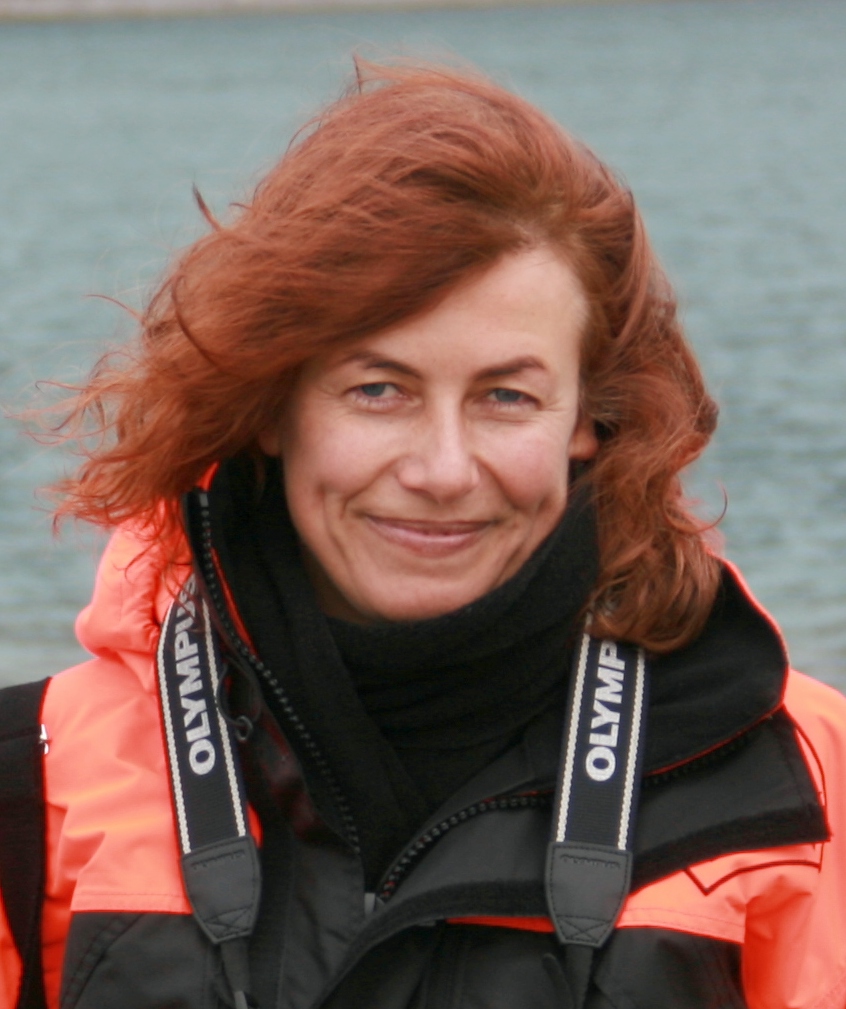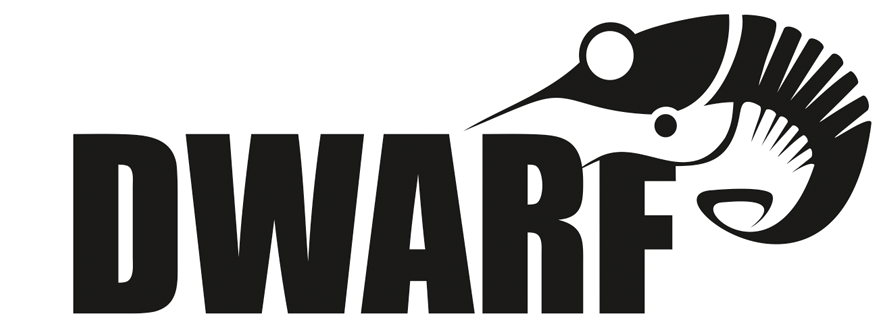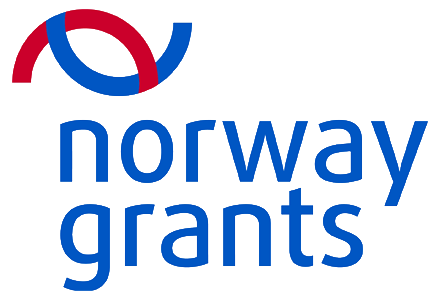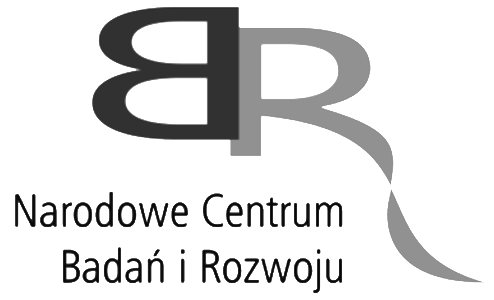ParticipantsDr Maria Włodarska-Kowalczuk (IO PAS)Prof. Hans Petter Leinaas (UiO) Prof. Dag Olav Hessen (UiO) Dr Martin-A. Svenning (NINA) Dr Paul Renaud (APN NIVA) Dr Sławomir Kwaśniewski (IO PAS) Dr Joanna Pawłowska (IO PAS) Prof. Jan Marcin Węsławski (IO PAS) Dr Katarzyna Błachowiak-Samołyk (IO PAS) Barbara Górska (IO PAS) Dr Piotr Kukliński (IO PAS) Dr Joanna Legeżyńska (IO PAS) Mikołaj Mazurkiewicz (IO PAS) Joanna Piwowarczyk (IO PAS) Dr Anna Stępień (IO PAS) Dr Emilia Trudnowska (IO PAS) Dr Marek Zajączkowski (IO PAS) Krzysztof Zawierucha (University in Poznań) Kristian Alfsnes (UiO) Dr Magdalena Łącka (IO PAS) Dr Agata Zaborska (IO PAS) Partner Institutions:IO PAS - Institute of Oceanology of the Polish Academy of SciencesUniversity of Oslo (UiO) Akvaplan-niva (APN) Norwegian Institute of Nature Research (NINA) |
 Katarzyna Błachowiak-Samołyk
Katarzyna Błachowiak-Samołyk
Katarzyna Błachowiak-Samołyk is an assistant professor at the Department of Marine Ecology at the Institute of Oceanology Polish Academy of Sciences. She is the head of the Pelagic Biocenosis Functioning Laboratory. Implementation of innovative, automatic method in plankton ecology (Laser Optical Plankton Counter, LOPC) gave her team an opportunity to estimate the abundance/biomass and size distribution of Arctic plankton as a 'measure' of pelagic productivity of Svalbard fjord waters. Currently she leads the complex investigations of the broader plankton size spectrum, from pico-, through nano-, micro-, meso- to macroplankton, which aim to verify the hypothesis that the short pelagic food web will be lengthened in European Arctic, as the result of climate warming. Another important field of study in her lab is an assessment of availability of Arctic zooplankton as a food source for planktivorous marine birds nesting on Spitsbergen. Additionally she is involved in database project centred on taxonomy, ecology and zoogeography of planktonic Atlantic Ostracoda. She received a Master's Degree in Biological Oceanography from University of Gdańsk in 1991, a PhD (also from University of Gdańsk) in 1997 and habilitation degree (from Institute of Oceanology of Polish Academy of Sciences) in 2009. Her PhD thesis was focused on distribution and population structure of pelagic Ostracoda around the Antarctic Peninsula. In 2002 she was appointed to a permanent position in Department of Marine Ecology at the Institute of Oceanology. Her research at IO PAS is focused on Arctic pelagial, which is complimentary to her earlier studies on Southern Ocean zooplankton and so extends her research interests and expertise to both polar regions. In the DWARF project she is responsible for LOPC measurements and data processing within the Work Package 3 (Marine Pelagic Fauna). Her attention is focused on application of biomass spectrum theory (Normalize Biomass Size Spectrum) to LOPC results, aiming to analyse trophic structure of zooplankton community and energy fluxes within pelagic ecosystems investigated in DWARF.
|





